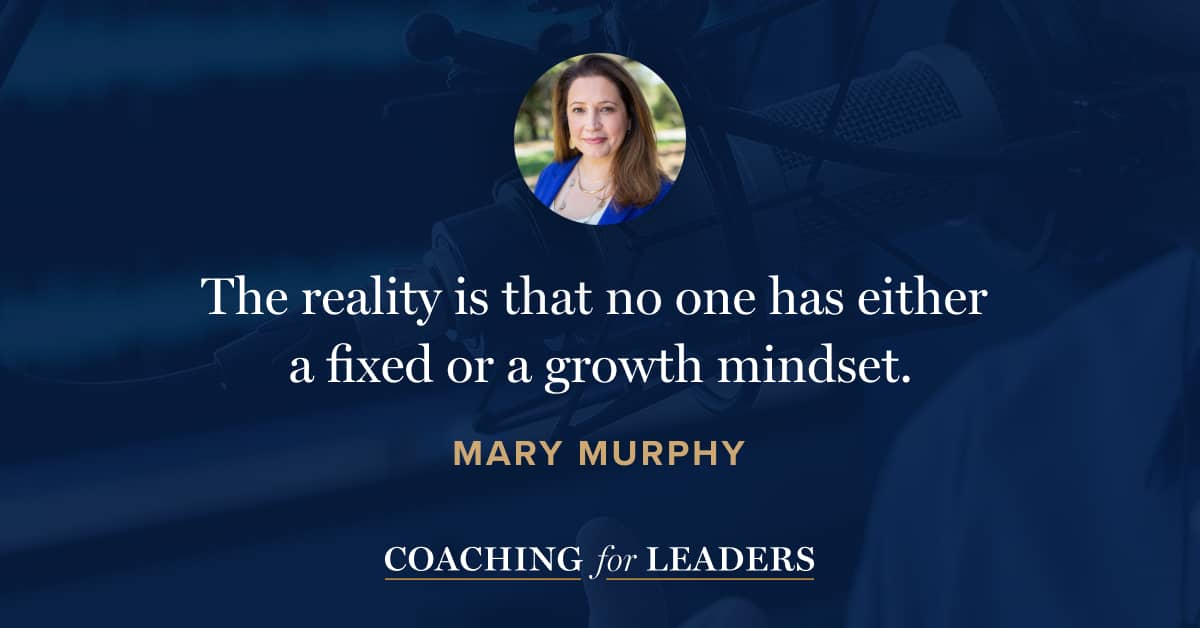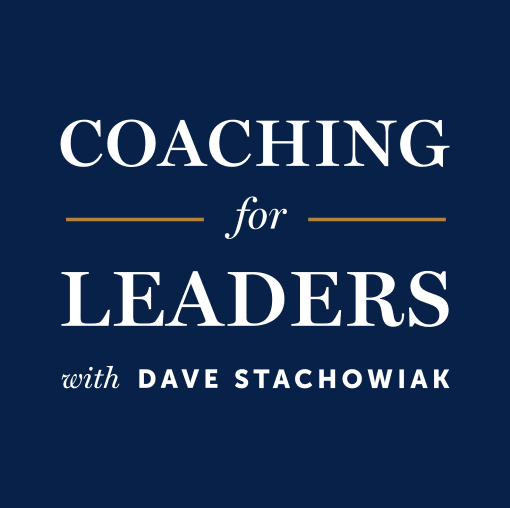Mary Murphy: Cultures of Growth
Mary Murphy is Professor of Psychological and Brain Sciences at Indiana University. She is also Founding Director of the Summer Institute on Diversity at the Center for Advanced Study in the Behavioral Sciences at Stanford University and founder and CEO of the Equity Accelerator, a research and consulting organization that works with schools and companies to create more equitable learning and working environments. She is the author of Cultures of Growth: How the New Science of Mindset Can Transform Individuals, Teams, and Organizations*.
Many of us have heard the distinction between a fixed and a growth mindset. Turns out it’s more of a both/and, especially with our teams. In this conversation, Mary and I discuss how team collaboration can support a growth mindset.
Key Points
- Nobody has only a fixed or a growth mindset. While we may favor one, all of us shift between them.
- Team culture is so powerful that it can either block or encourage a growth mindset.
- Mindset doesn't just affect perceptions and behaviors, it shapes the bottom line.
- To support collaboration, begin with a cues audit. Consider starting with affinity groups.
- It’s misperception that cultures of growth are less data-centric than cultures of genius. The opposite is actually true.
- Don’t eliminate competition, recast it. Consider how incentives align with supporting others and the organization as a whole.
- Yes, share outcomes — and also include the distance traveled to achieve them. This supports a culture of growth.
- Traditional rating systems, especially forced-rankings, often reinforce cultures of genius.
Resources Mentioned
- Cultures of Growth: How the New Science of Mindset Can Transform Individuals, Teams, and Organizations* by Mary Murphy
- Culture Cues Assessment
Interview Notes
Download my interview notes in PDF format (free membership required).
Related Episodes
- Growth Mindset Helps You Rise From the Ashes, with Jeff Hittenberger (episode 326)
- How to Build Psychological Safety, with Amy Edmondson (episode 404)
- Help Your Team Embrace Growth Mindset, with Eduardo Briceño (episode 644)
Discover More
Activate your free membership for full access to the entire library of interviews since 2011, searchable by topic. To accelerate your learning, uncover more inside Coaching for Leaders Plus.





